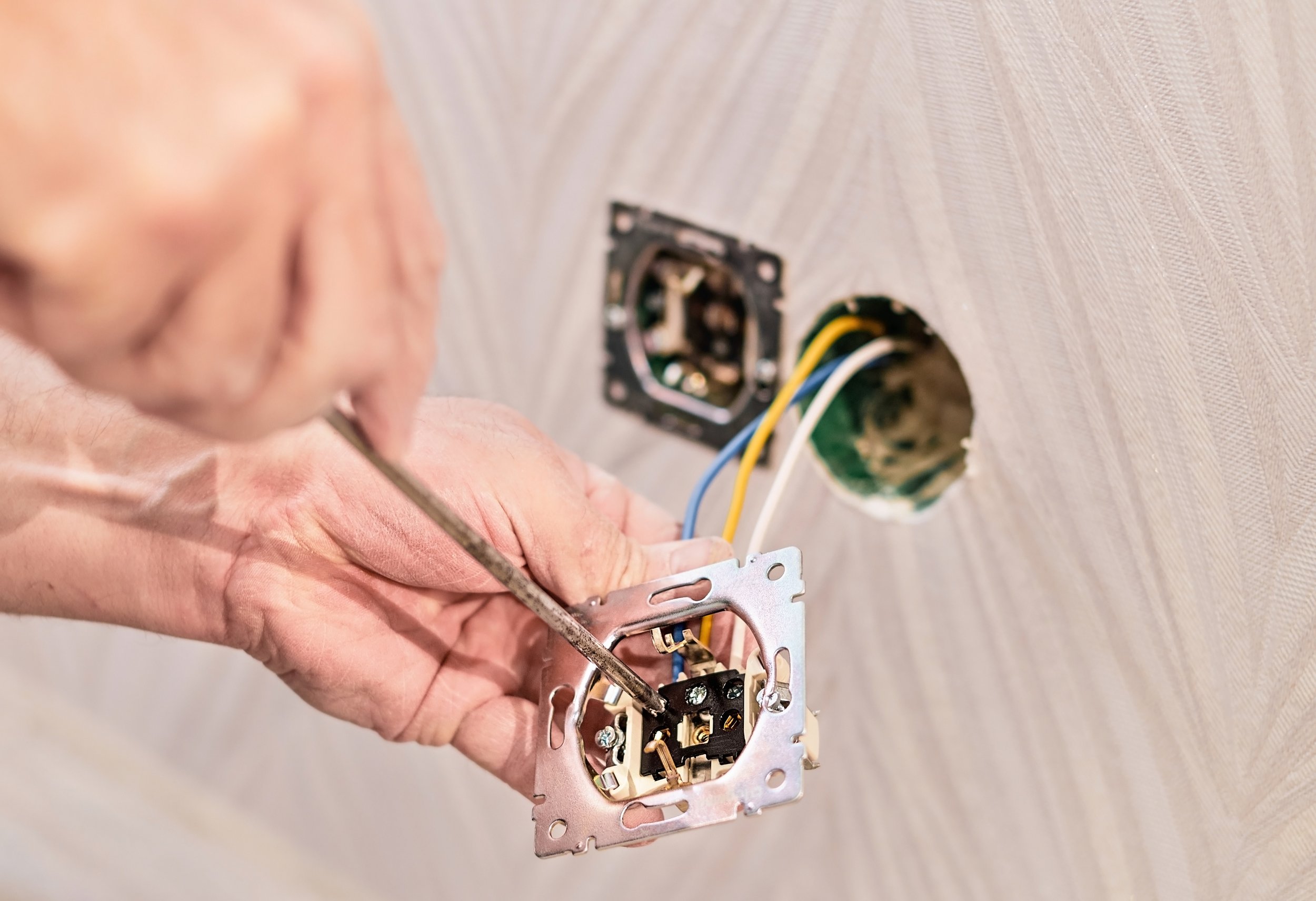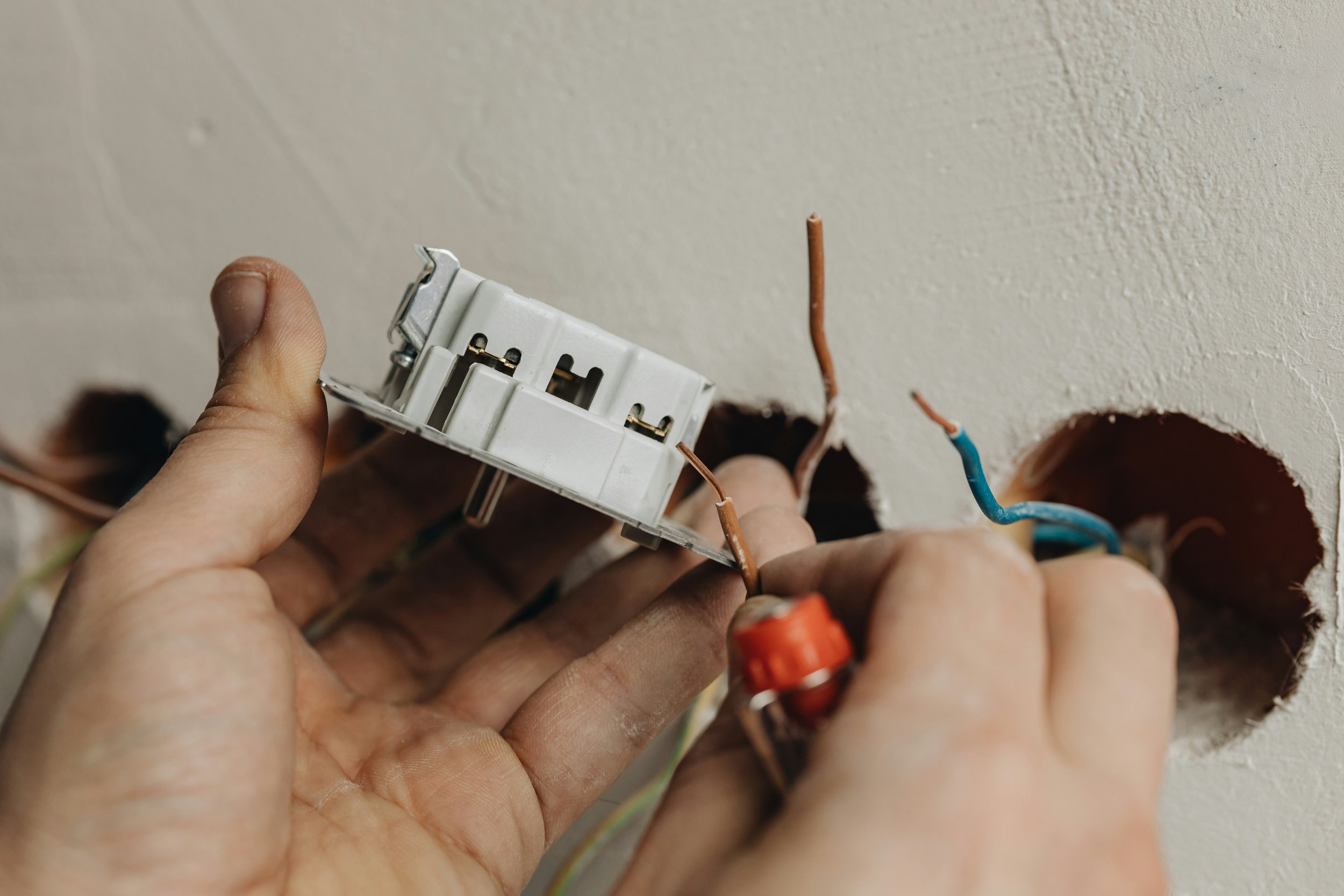Essential Tips for Child-Safe Electrical Outlets and Devices
Ensure your home is safe with these essential tips for child-safe electrical outlets and devices, protecting your little ones from potential hazards.
Creating a safe environment for children is paramount, especially within the home, where they spend the majority of their time. The prevalence of home electrical accidents involving children is an alarming concern, underscoring the need for diligent safety measures. According to various safety reports, a significant number of electrical injuries among children could be prevented with proper precautions.
These injuries can range from minor shocks to serious burns and even fatalities. Ensuring child safety by addressing electrical hazards is not just about preventing accidents; it's about creating a secure and worry-free environment. This article delves into essential tips to make homes safer for children by focusing on child-safe electrical outlets and devices.
Understanding the Risks: Why Child-Safe Electrical Outlets are Necessary
Children possess a natural curiosity that drives them to explore their surroundings, often inadvertently leading them into potentially dangerous situations. Electrical hazards pose a significant risk, especially to younger children who lack awareness of these dangers.
The age groups most susceptible to electrical injuries are toddlers and preschoolers, primarily due to their exploratory nature. Sticking objects into electrical outlets or handling cords can result in electric shocks, burns, or more severe injuries.
Various case studies highlight the real-life consequences of inadequate electrical safety measures. For instance, a curious toddler inserting a metal object into an outlet can experience a severe electric shock, illustrating the critical necessity of child-safe electrical measures in homes.
Types of Child-Safe Electrical Outlets and Devices
Several options exist for child-safe electrical outlets and devices, each providing varying levels of protection and convenience.
Tamper-Resistant Receptacles (TRRs)
Tamper-resistant receptacles are designed to prevent the insertion of foreign objects. These outlets contain spring-loaded shutters that close off the contact openings unless a plug is properly inserted. This mechanism significantly reduces the risk of electrical injuries to children and is now a standard safety feature in many new constructions.
Outlet Covers and Plug Protectors
Outlet covers and plug protectors are simple yet effective tools to prevent children from gaining access to electrical outlets. They come in various designs, including clear plastic covers that fit over the entire outlet or individual plug protectors for each socket. These options ensure that curious fingers or objects can't reach the electrical contacts.
Smart Plugs
Smart plugs offer advanced child-safe features, allowing parents to control and monitor electrical devices using a smartphone app. These plugs can be programmed to turn off during certain hours, lock access, and even alert parents if tampered with. This added layer of control can enhance overall home safety.
Comparison of Safety Devices
When selecting electrical safety devices, it's essential to consider factors such as ease of installation, effectiveness, and overall durability. Tamper-resistant receptacles are highly effective and require no ongoing maintenance, while outlet covers and smart plugs offer varying degrees of convenience and functionality.
Steps to Child-Proofing Your Home's Electrical System
Implementing child-safe electrical solutions requires careful planning and execution. Here are some steps to consider:
Installing Tamper-Resistant Receptacles Correctly
To install tamper-resistant receptacles, switch off the power at the main circuit breaker and use a voltage tester to ensure the outlet is not live. Remove the faceplate and unscrew the existing receptacle, then connect the wires to the corresponding terminals on the new tamper-resistant receptacle. Secure it back into the wall and replace the faceplate.
Simple DIY Methods
For those not comfortable working with electrical wiring, there are simple DIY methods available. These include using outlet covers and plug protectors, which can be easily installed without tools. Make sure every accessible outlet in the home is covered to prevent accidents.
Hiring a Licensed Electrician
For comprehensive safety upgrades, hiring a licensed electrician is the best course of action. They can install tamper-resistant receptacles throughout the home, inspect the electrical system for potential hazards, and offer professional advice on maintaining child-safe electrical environments.
Maintenance Tips
Regular maintenance is crucial for ensuring ongoing electrical safety. Periodically check that outlet covers and plug protectors are in place and undamaged, and inspect smart plugs for wear and tear. Replace any broken or malfunctioning devices promptly.
Additional Child-Safe Electrical Devices for the Home
Beyond outlets, numerous other devices can enhance electrical safety in the home.
Child-Safe Power Strips and Surge Protectors
These devices are designed with safety mechanisms that prevent children from accessing the plugs and switches. Some models feature built-in shutters similar to tamper-resistant receptacles or come with protective covers.
Cordless Devices
Eliminating cords can significantly reduce the risk of electrical accidents. Cordless devices such as battery-operated lamps, vacuums, and other household gadgets eliminate the need for toddlers to interact with potentially hazardous wires.
Child-Proof Light Switches and Covers
Light switch covers prevent children from playing with switches, reducing the risk of electrical incidents. These covers can be secured over existing switches, allowing adults to operate them while keeping them out of children's reach.
Key Features in Child-Friendly Electronic Devices
When selecting electronics, look for devices with built-in child safety features. These include low-voltage electronics, devices with automatic shut-off mechanisms, and products designed with rounded edges and secure battery compartments.
Educating Children About Electrical Safety
Teaching children about electrical safety is a vital part of preventing accidents.
Age-Appropriate Explanations
For younger children, simplify the concept by explaining that certain things can "hurt" them. Use analogies like hot stoves or sharp objects to illustrate the dangers of electrical outlets and cords.
Role of Parents and Caregivers
Active supervision is crucial. Ensuring children don't play near outlets or with electrical devices requires constant vigilance. Encourage children to play in safe, designated areas away from potential hazards.
Resources and Tools
Books, videos, and interactive tools are excellent resources for teaching children about electrical safety. Many safety organisations offer educational materials tailored for different age groups.
Setting Household Rules
Establish clear household rules about not touching outlets, cords, or unplugging devices. Reinforce these rules consistently and praise children for following them.
Conclusion
Childproofing electrical systems for safety is not a task to be taken lightly. Child-safe electrical outlets and devices play a crucial role in preventing accidents and ensuring a safe home environment for children. From tamper-resistant receptacles and outlet covers to smart plugs and child-safe power strips, numerous solutions can be implemented to enhance safety.
By following the tips outlined in this article, homeowners can take significant steps towards safeguarding their children from electrical hazards. Regular maintenance, educating children, and creating a culture of safety within the home are essential components of fostering a secure and nurturing environment. Taking immediate action to child-proof the home can prevent countless accidents and provide peace of mind for parents and caregivers alike.








